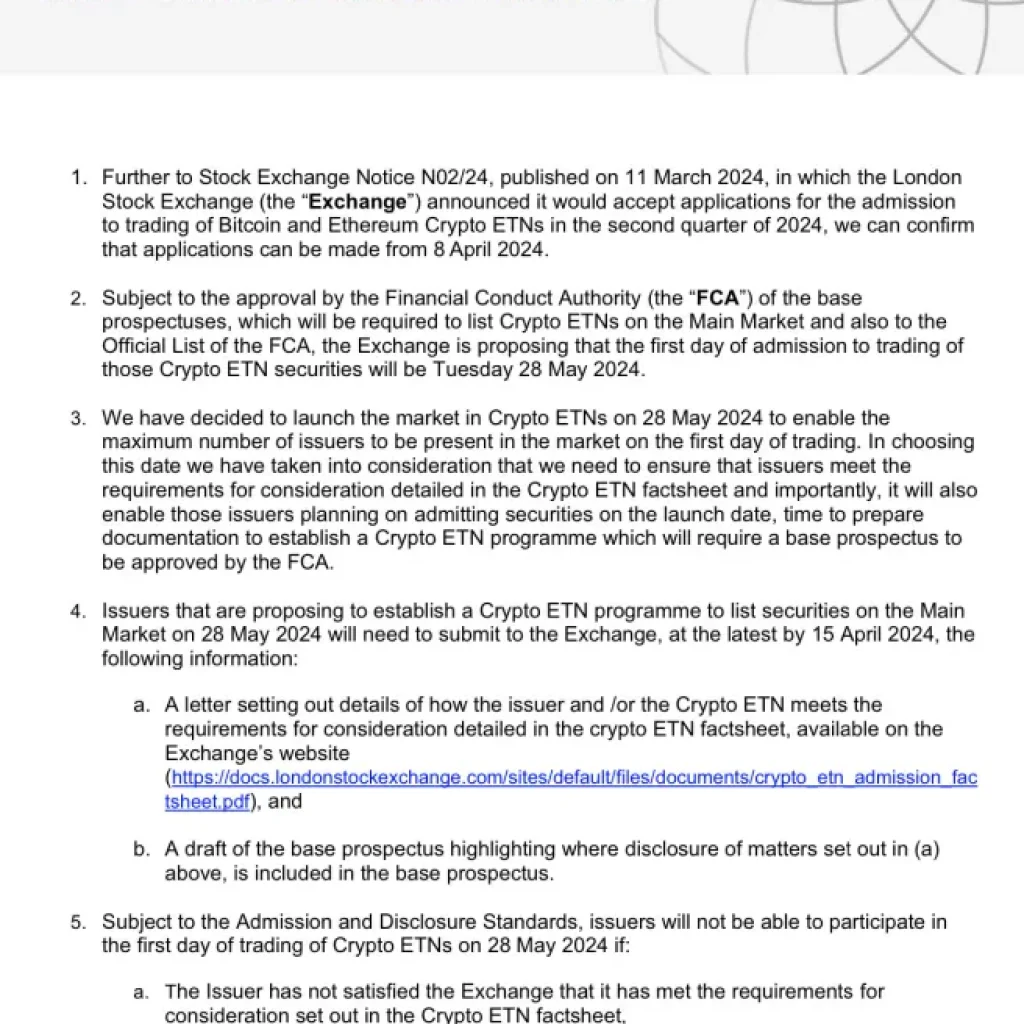Coinspeaker
Tether Decides to Discontinue Bitcoin Stablecoin amid Lack of Usage
Tether, the issuer of the world’s largest stablecoin USDT, has announced to discontinue its Bitcoin Omni Layer version amid the lack of interest from the users. This Bitcoin stablecoin from Tether was one of the first created.
During its recent announcement, the Tether CTO Paolo Ardoino noted that they would also be discontinuing the stablecoin versions of Bitcoin Cash and Kusama.
As per the statement, Tether has revealed that it will no longer be generating new tokens on the Bitcoin Omni Layer, Kusama, or Bitcoin Cash platforms. While the redemption option will remain accessible for at least a year, the company intends to provide additional notifications before the year’s end regarding the future handling of redemptions.
The Bitcoin Omni Layer is a smart contract framework constructed atop the Bitcoin blockchain. Originally named “Mastercoin”, Tether launched it in July 2013, making it operational two years before Ethereum. Tether introduced USDT as the pioneer stablecoin on the Omni Layer system later in October 2014. It rapidly gained prominence as the highest market capitalization stablecoin, surpassing earlier entrants like BitUSD and NuBits.
During its announcement on Thursday, August 17, the Tether CTO acknowledged the historical importance of the Omni Layer Tether. Ardoino noted:
“We understand the significance of this decision, particularly for Omni, as it was the first transport layer that Tether used in 2014. The Omni Layer, built on top of Bitcoin, played a crucial role in Tether’s early journey, and we acknowledge the contributions and innovations the team has made to the crypto landscape.”
Challenges of Bitcoin Omni Layer
The Tether team has highlighted that the Omni Layer confronted obstacles due to the limited popularity of its tokens and the widespread availability of USDT on alternate blockchains. This prompted exchanges to opt for different transport layers instead of Omni, leading to a decline in the usage of USDT Omni. Consequently, the company decided to cease its issuance.
Tether has expressed that it might reconsider issuing the Omni Layer version if Omni experiences increased adoption. Additionally, the company has revealed its efforts in developing a new Bitcoin smart contract system named “RGB”. Upon completion, Tether intends to reintroduce an RGB version of itself, effectively returning Tether to the Bitcoin blockchain.
As the stablecoin market continues to expand, even Tether’s USDT stablecoin could face challenges moving ahead in terms of increasing competition from PayPal and other players.
Tether Decides to Discontinue Bitcoin Stablecoin amid Lack of Usage





